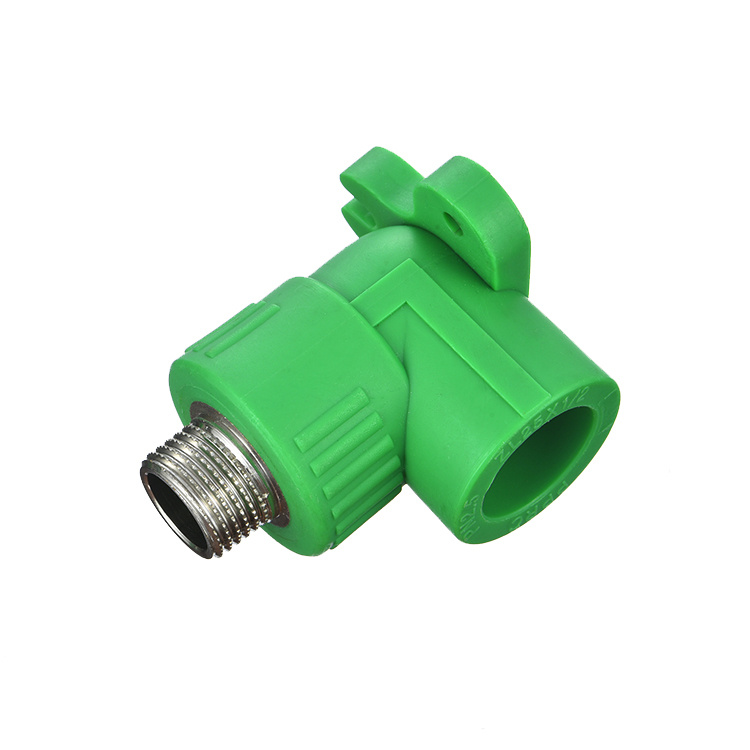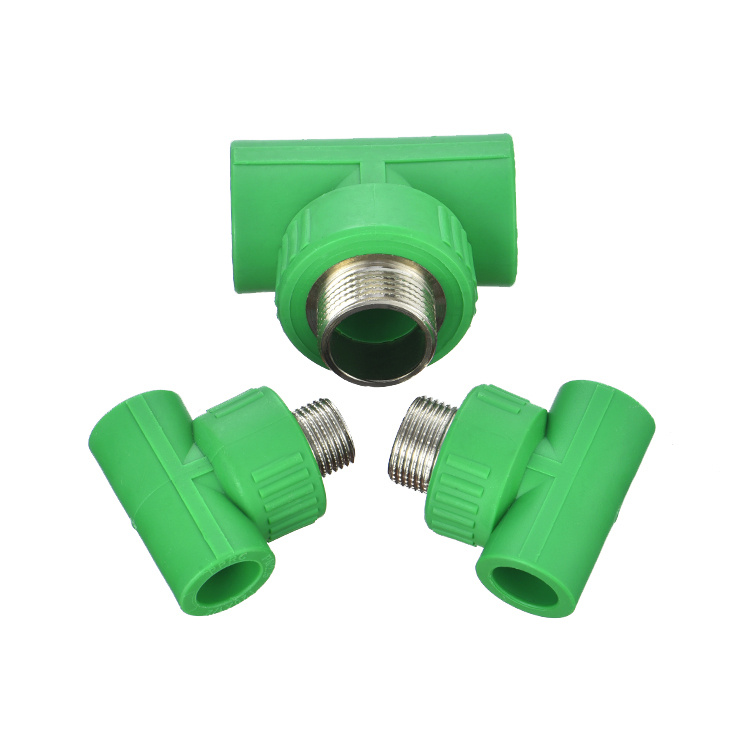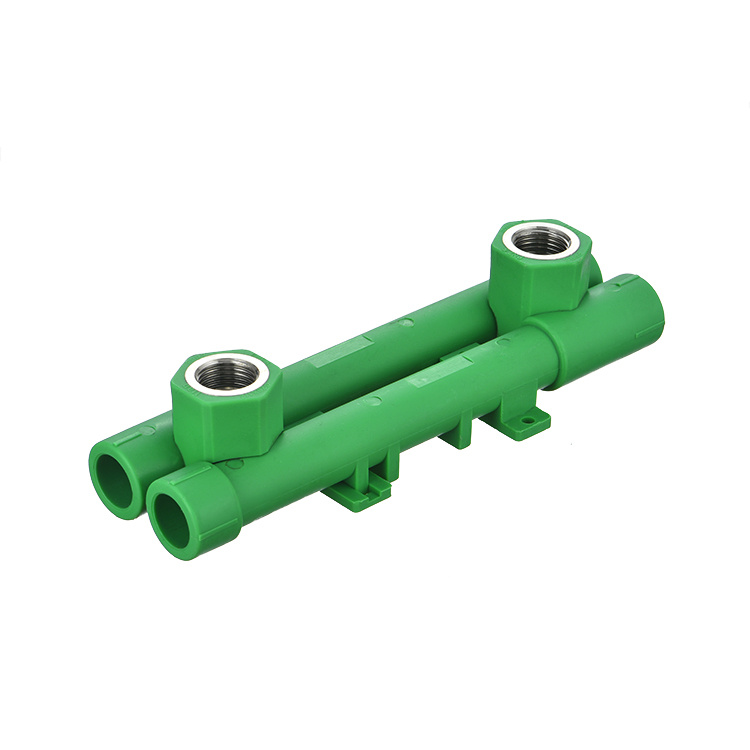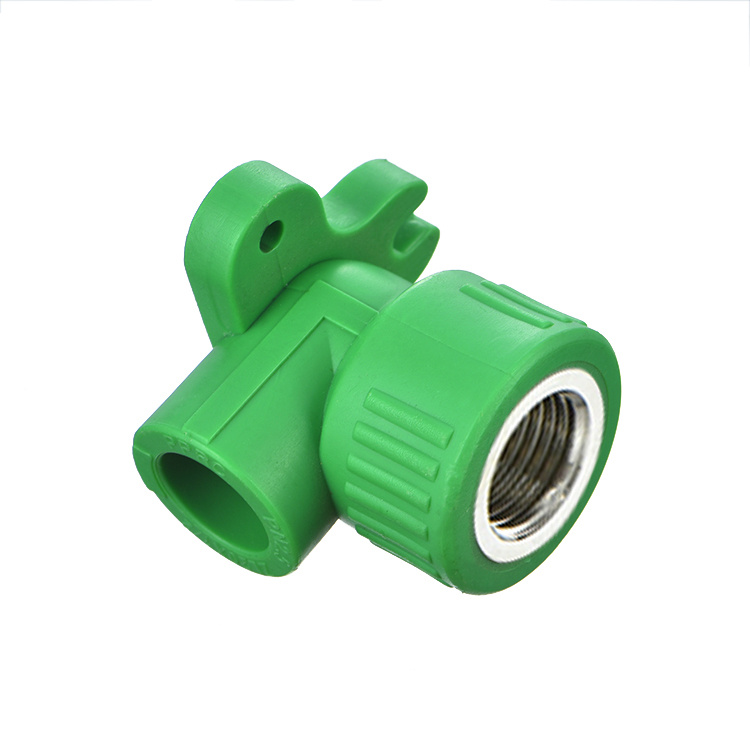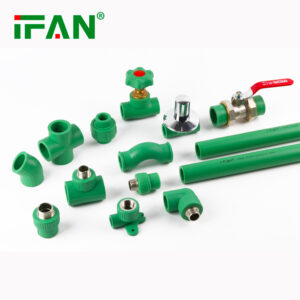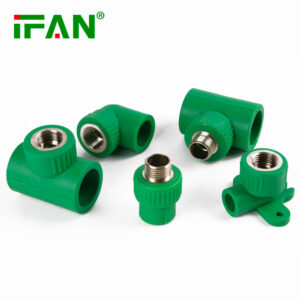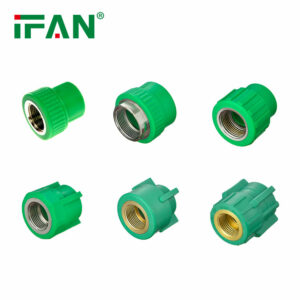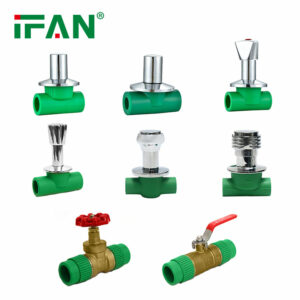Description
IFAN factory 30+ years manufacture experience support color /size customization support free sample.Welcome to consult for catalog and free samples.This is our Facebook Website:www.facebook.com,Click to watch IFAN’s product video.Compared with Tomex products, our IFAN products from quality to price are your best choice, welcome to buy!
When it comes to choosing the best material for plumbing systems, there are various options available in the market, each with its own set of advantages and drawbacks. Among these options, **PPR fittings** (Polypropylene Random Copolymer fittings) have gained significant popularity due to their affordability, durability, and ease of installation. In this article, we’ll take a closer look at the cost-effectiveness of PPR fittings compared to other common materials used in plumbing, such as PVC, CPVC, and copper.
What Are PPR Fittings?
PPR fittings are made from a type of plastic known as polypropylene. This material is known for its strength, corrosion resistance, and flexibility, making it an ideal choice for both residential and commercial plumbing systems. **PPR fittings** are commonly used in systems that handle cold and hot water distribution, heating systems, and industrial applications. The material is lightweight, resistant to chemical corrosion, and able to withstand high temperatures and pressures.
The Cost of PPR Fittings: A Breakdown
When discussing cost-effectiveness, it’s important to understand the various factors that contribute to the total cost of a plumbing project, including material costs, installation costs, and long-term maintenance expenses. Let’s compare PPR fittings with other common materials used in plumbing.
1. Material Cost
The cost of PPR fittings is generally lower than that of copper and CPVC fittings. While PVC (Polyvinyl Chloride) fittings tend to be cheaper than PPR fittings, the long-term benefits of using **PPR fittings** can make them more cost-effective in the long run. **PPR fittings are durable, which means that you are less likely to encounter issues with leaks or deterioration over time.
– PPR Fittings: Low material cost and long-term durability make them an excellent option for budget-conscious consumers.
– PVC Fittings: Cheaper upfront cost, but less durable in high-temperature or high-pressure systems.
– CPVC Fittings: Slightly more expensive than PVC but better suited for hot water systems.
– Copper Fittings: High upfront material cost, making it a less cost-effective option for larger projects.
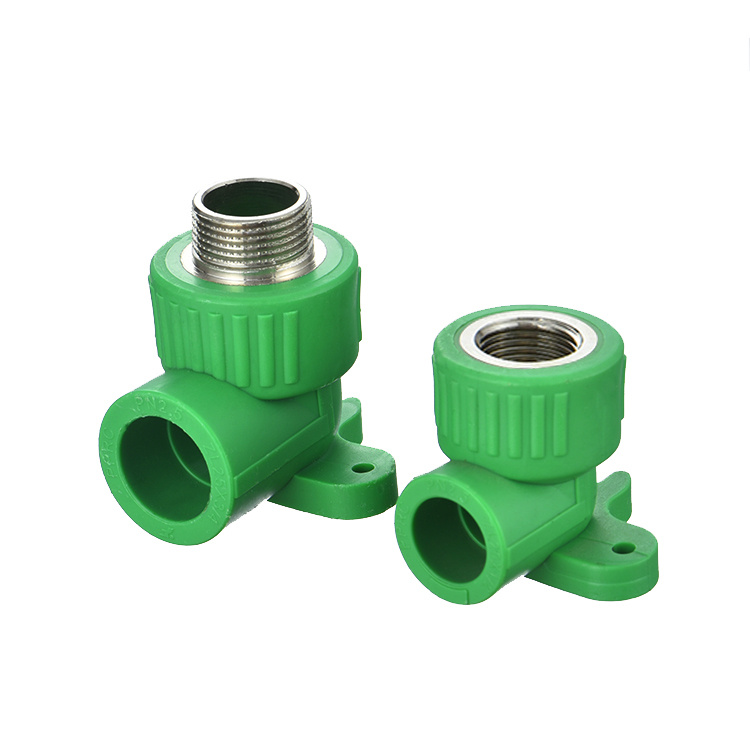
2. Installation Cost
Installation is another significant factor when considering cost-effectiveness. PPR fittings offer ease of installation due to their lightweight nature and the ability to use simple tools like heat fusion to join the fittings. The installation process is quicker and requires less labor compared to copper fittings, which need to be welded or soldered.
– PPR Fittings: Easy to install with minimal labor and specialized tools required, leading to lower installation costs.
– PVC Fittings: Similar to PPR fittings, PVC is lightweight and easy to install but might require extra care when handling the pipes in extreme temperature conditions.
– CPVC Fittings: More challenging to install compared to PPR fittings, especially when working with high-temperature water systems.
– Copper Fittings: Requires skilled labor to solder the joints, making the installation process more expensive.
3. Long-Term Durability and Maintenance
When it comes to long-term cost-effectiveness, PPR fittings are among the best choices. These fittings have a lifespan of 50 years or more, with minimal maintenance required. They are resistant to chemical reactions, corrosion, and UV degradation, which can be major issues with other materials, such as copper or PVC.
– PPR Fittings: Highly durable with low maintenance requirements, which significantly reduces the long-term costs associated with repairs or replacements.
– PVC Fittings: Prone to cracking in extreme temperatures and can degrade over time when exposed to UV rays.
– CPVC Fittings: Resistant to high temperatures but may degrade with prolonged exposure to sunlight or UV rays.
– Copper Fittings: While copper is durable, it is prone to corrosion, especially in systems with acidic water. Maintenance can be costly if copper pipes corrode.
4. Energy Efficiency and Insulation
Energy efficiency is another consideration when evaluating cost-effectiveness. **PPR fittings** have excellent insulation properties, which means that they help to minimize heat loss in hot water systems, contributing to lower energy consumption over time.
– PPR Fittings: Superior insulation properties help reduce energy costs, particularly in hot water systems.
– PVC Fittings: Poor insulation properties, resulting in higher energy consumption.
– CPVC Fittings: Better insulation than PVC but not as effective as PPR fittings.
– Copper Fittings: Poor insulation properties and high thermal conductivity can lead to greater heat loss, particularly in hot water systems.
5. Environmental Impact
In recent years, the environmental impact of construction materials has become a major concern. **PPR fittings** are recyclable, making them a more eco-friendly option compared to copper and other non-recyclable materials. Additionally, their longevity means that they require less frequent replacement, reducing overall waste.
– PPR Fittings: Eco-friendly and recyclable, making them a sustainable choice for plumbing systems.
– PVC Fittings: While recyclable, PVC has been criticized for the environmental impact of its production and disposal.
– CPVC Fittings: Less eco-friendly than **PPR fittings**, as they contain chlorine and other chemicals that can be harmful during production and disposal.
– Copper Fittings: While copper is recyclable, the extraction process can be environmentally damaging, and the high cost of copper makes it a less sustainable choice for large-scale plumbing projects.
Why Choose PPR Fittings for Your Plumbing System?
Given the factors above, PPR fittings are a highly cost-effective option for both residential and commercial plumbing systems. They offer low upfront material costs, easy installation, long-term durability, and minimal maintenance, which make them a wise choice for those looking to save money in the long run. Additionally, their superior insulation and eco-friendly properties give them an edge over other materials.
FAQs About PPR Fittings
1. What are PPR fittings made from?
PPR fittings are made from Polypropylene Random Copolymer, a plastic material known for its strength, resistance to corrosion, and ability to withstand high temperatures and pressures.
2. Are PPR fittings suitable for both hot and cold water systems?
Yes, PPR fittings are ideal for both hot and cold water systems due to their resistance to high temperatures and their durability in a wide range of conditions.
3. How long do PPR fittings last?
With proper installation and maintenance, PPR fittings can last for 50 years or more, making them a long-lasting solution for plumbing systems.
4. Can PPR fittings be used outdoors?
While PPR fittings can be used outdoors, it’s important to protect them from UV rays, as prolonged exposure can degrade the material. UV-resistant coatings are available for outdoor installations.
5. How do PPR fittings compare to copper fittings?
While copper fittings are durable, they come at a much higher cost and require more specialized installation. **PPR fittings** are more affordable, easier to install, and equally durable in many plumbing applications.
By choosing PPR fittings, you ensure a more cost-effective, durable, and energy-efficient plumbing system, making it an excellent choice for homeowners and businesses alike.
Related products
-
PPR Fittings
Versatile Brass Fittings for All Your Plumbing Needs
-
PPR Fittings
Green PPR Plastic Fittings
-
PPR Fittings
PPR Pipe and Fittings
-
PPR Fittings
Plastic PPR Water Fittings


